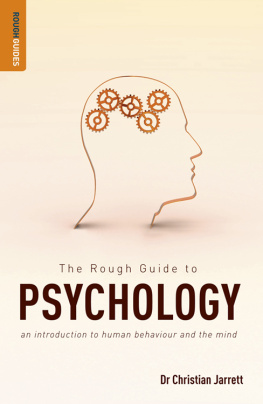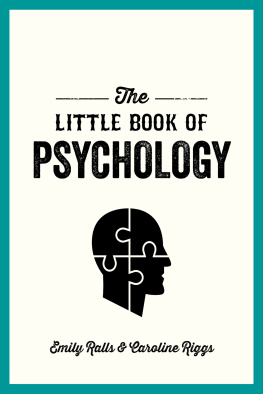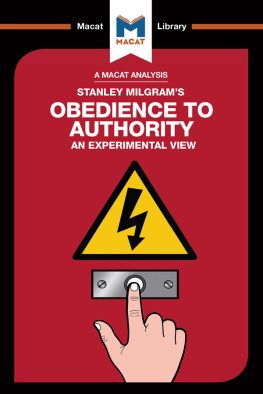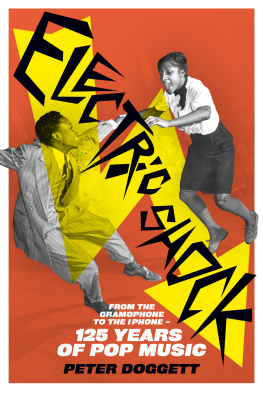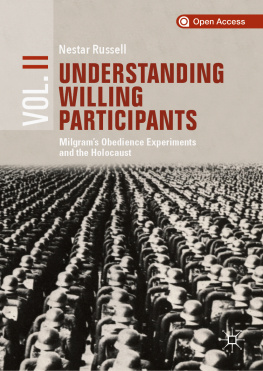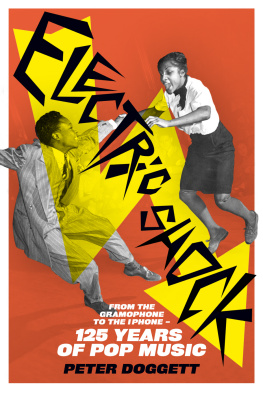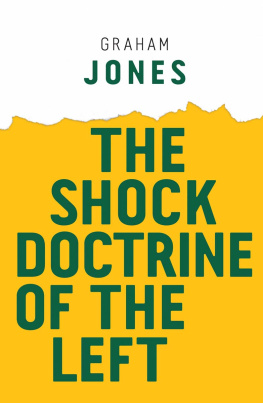BEHIND THE
SHOCK MACHINE
BEHIND THE
SHOOK MACHINE
The Untold Story of the Notorious
Milgram Psychology Experiments
GINA PERRY

NEW YORK
LONDON
Copyright 2012, 2013 by Gina Perry
All rights reserved.
No part of this book may be reproduced, in any form, without written permission from the publisher.
Requests for permission to reproduce selections from this book should be mailed to: Permissions Department, The New Press, 38 Greene Street, New York, NY 10013.
First published in Australia by Scribe, Brunswick, 2012
This revised edition published in the United States by The New Press, New York, 2013
Distributed by Perseus Distribution
LIBRARY OF CONGRESS CATALOGING-IN-PUBLICATION DATA
Perry, Gina.
Behind the shock machine : the untold story of the notorious Milgram psychology experiments / Gina Perry. -- Revised edition.
pages cm
Includes bibliographical references.
ISBN 978-1-59558-925-5 (e-book) 1. Milgram, Stanley. 2. Interpersonal relations. 3. Social psychology--Experiments--History. 4. Behaviorism (Psychology)--Moral and ethical aspects. 5. Human experimentation in psychology--Moral and ethical aspects. 6. Psychology--Research--Effect of experimenters on. 7. Obedience--Psychological aspects. I. Title.
HM132.P4185 2013
302--dc23
2013014976
The New Press publishes books that promote and enrich public discussion and understanding of the issues vital to our democracy and to a more equitable world. These books are made possible by the enthusiasm of our readers; the support of a committed group of donors, large and small; the collaboration of our many partners in the independent media and the not-for-profit sector; booksellers, who often hand-sell New Press books; librarians; and above all by our authors.
www.thenewpress.com
Composition and design by Bookbright Media
This book was set in Adobe Garamond and DIN
10 9 8 7 6 5 4 3 2 1
CONTENTS
Before we start this journey, a few words about language, use of names, and privacy. Youll notice that I refer to some people in this book by their first names and others by their surnames, and some not by name at all but by number. Let me explain. With their permission, I have used the real namesexcept where a pseudonym was requestedof those I interviewed. Ive referred to them by their first names because Mr. Menold or Mrs. Bergman didnt feel apt, given they shared their intimate experiences with me. But where Ive quoted from conversations that took place during the obedience experimentswhich Milgram recorded on audiotapeIve had to refer to people by their subject number or make up a name to help you picture them more accurately. These recordings are classified until 2039, so they have been sanitized, meaning that the names of subjects have been removed before being made available. At the time of my research, 140 recordings had been made available, each of them around fifty minutes long. I spent over two hundred hours listening to and transcribing them, from which I have quoted selectively.
I refer to people I didnt meet, such as Milgram and his staff, by their surnames, as thats how they were named in the transcripts, reports, and research documents I read. In a sense, theyre the titles by which Ive come to know them, and it would feel like an uninvited intimacy to refer to them otherwise (even if theyre no longer around to call me on it).
I struggled with how to describe the people who took part in the experiments. Were they subjects? Volunteers? Participants? Each suggests something different about the power relationship between the researcher and the researched. The term volunteers was misleading: they did not volunteer for the experiment they found themselves in, but for a benign-sounding memory test. And while I preferred the term participant, it reflects a more contemporary attitude than Milgram held. Despite my discomfort with the term subject, with its connotations of passivity and people-as-objects, it does more accurately reflect the attitude implicit in Milgrams relationship to the people he studied and is a reminder to readers of the times. In the end, I used all three.
I have also quoted from Milgrams records of conversations between himself and psychiatrist Dr. Paul Errera and from the post-experiment sessions that Errera conducted for the subjects. These records have been transcribed from Milgrams audio recordings.
Lastly, when Ive quoted from Milgrams original documents, Ive retained any misspellings or careless expression in order to capture his mood or give an insight into his state of mind at the time of writing. Ive shown others this same courtesy.
1960 Between September and October, Stanley Milgram and a group of his students begin a project on what will become the obedience experiments.
1961 From January to August, Milgram makes preparations for the obedience experiments. In August, they begin. Between August and November:
Joe Dimow is in condition 2.
Bill Menold is in condition 5 or 6.
Herb Winer is in condition 5 or 6.
Bob Lee is in condition 9. (See for a full list of the conditions.)
1962 From January to May, the obedience experiments continue. Between March and May:
Hannah Bergman is in condition 20.
Bernardo Vittori and Enzo Cerrato are in condition 24.
Milgram shoots his documentary Obedience during the last three days of the experiments, in May. Fred Prozi is one of the subjects filmed during this time. In July, Milgram sends out a questionnaire to all subjects.
1963 Between February and May, Dr. Paul Errera conducts interviews with selected subjects. In October, Milgrams first article about the obedience research is published, causing a media storm.
1964 In June, Diana Baumrinds controversial response to Milgrams article is published, sparking widespread debate about the ethics of the experiment.
1974 Milgrams long-awaited book Obedience to Authority is published, stirring controversy that continues to the present day.
Its summer 1961, and Fred Prozi is walking to the basement lab of one of Yales neo-Gothic buildings for his appointment. Anyone who sees him would know that he doesnt belong, not just because his broad shoulders, crew cut, and T-shirt give him away as a blue-collar worker but also because of the way he is looking around at the buildingssquinting up at the mullioned windows that glint in the late-afternoon sun, and then down at the map in his hands.
Fred is like many of the 780 people whove come to Yale to take part in an experiment about memory and learning. He has volunteered as much for curiosity as for the $4.50, although that will come in handy.
He passes under the archway, with its ornamental clock that chimes the hour. Reaching Linsly-Chittenden Hall, he goes down the steps and into the basement. Theres another fellow waiting there, only hes older than Fred. Hes wearing horn-rimmed glasses and a suit, a hat perched on his knee.
A scientist in a lab coat comes out of a room and introduces himself to the men. He is Mr. Williams.
Let me out!
Fred spins around in his chair to face Mr. Williams. A thin wall separates them from the man strapped to a chair in the next room.
Let me out of here. Thats itlet me out of here. My hearts starting to bother me now. Let me out of here, please!
Williams nods at Fred, indicating that he should keep going. His voice is impassive, and he speaks rapidly, with commanding authority. Continue, please.
He refuses to go on.
The experiment requires that you continue, teacher. Please continue. The next word is sad.


